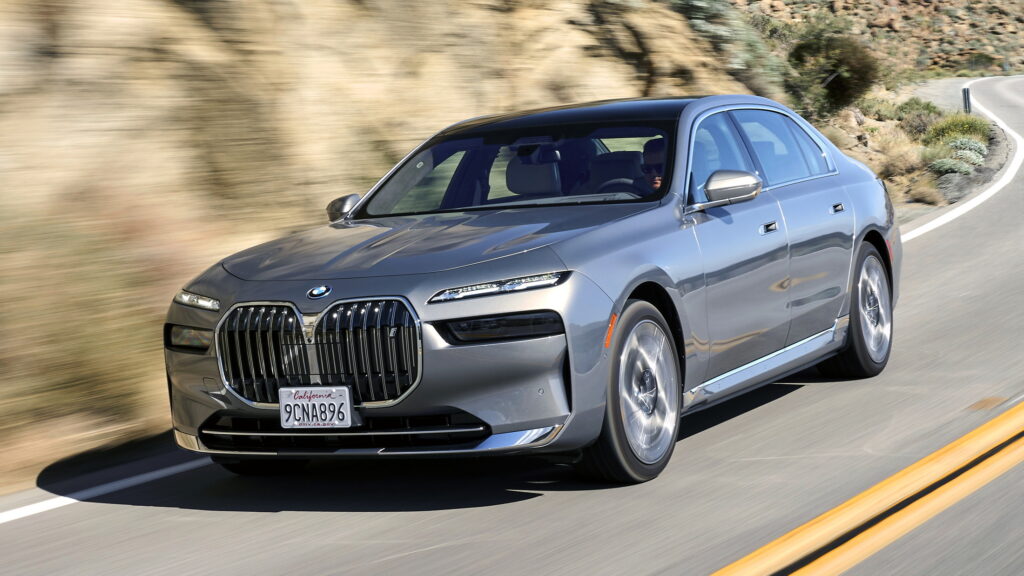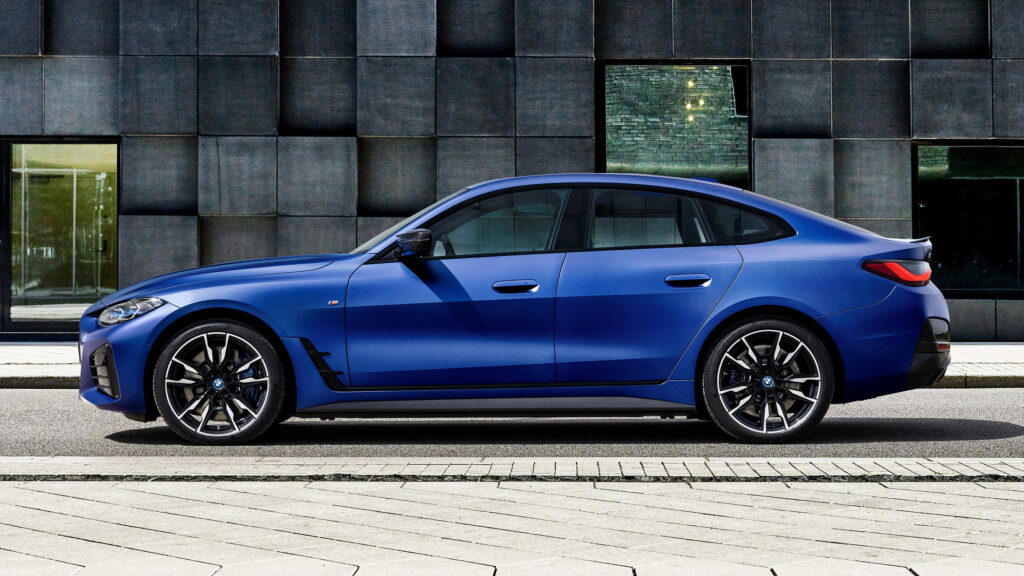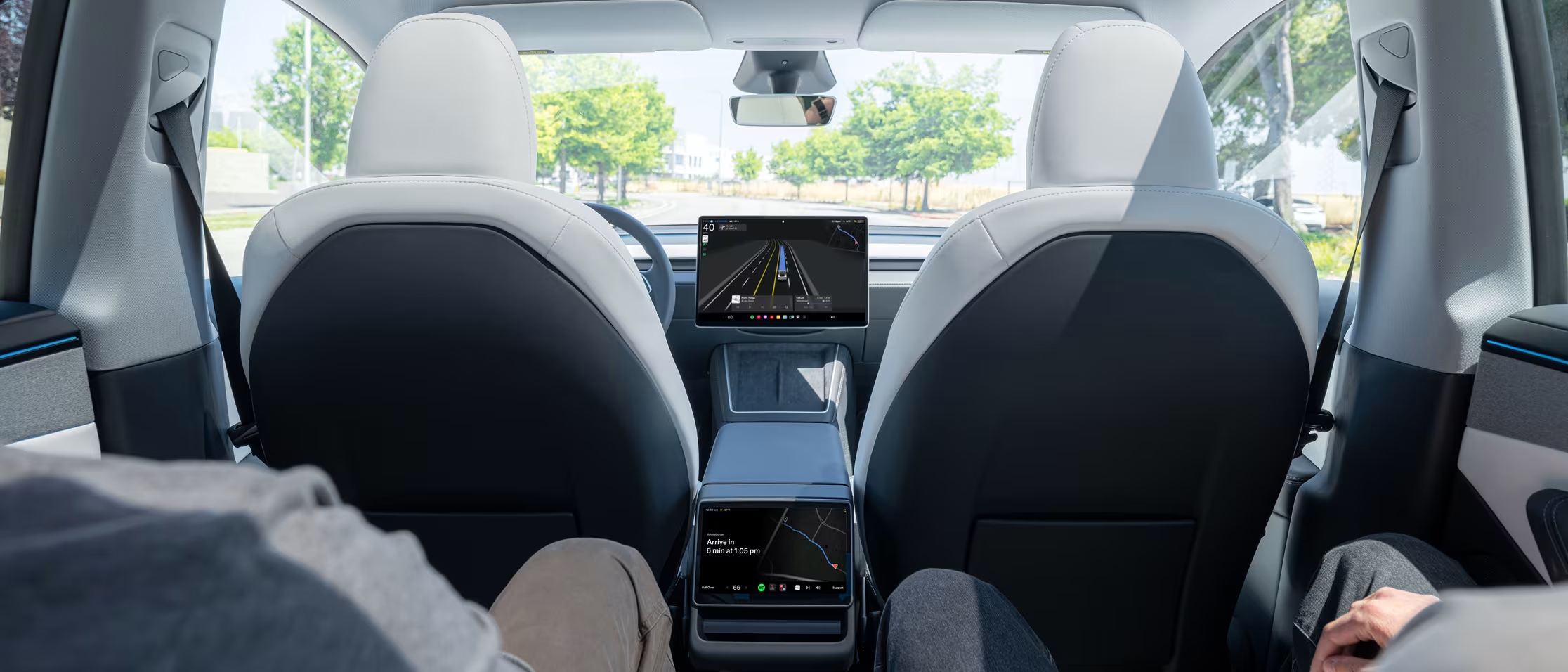Mercedes Is Replacing Its Most Disappointing EV With Something Way More Serious

- The new GLC EQ will replace the underwhelming EQC and rival the new BMW iX3.
- Up front, it features an illuminated grille and a light-up three-pointed star badge.
- An 800-volt system with 320 kW DC charging capability will power the electric SUV.
Even as the EV market continues to shift and evolve, Mercedes-Benz is moving ahead with plans to expand its electric lineup. Mercedes-Benz has been working on the new all-electric GLC with EQ Technology for quite some time, and we now finally know when it will be unveiled.
Read: Mercedes Previews New GLC EV With 320+ kW DC Fast Charging
As previously speculated, it will premiere at the IAA Mobility show in September, more commonly known as the Munich Motor Show. In an era where electric SUVs and crossovers are becoming increasingly popular, the GLC EV will play an important role for the German brand.
The upcoming GLC EV will effectively replace the EQC, a model that struggled to make an impression. It’s expected to match the overall size of the combustion-engine GLC, but with a distinctly updated design. Mercedes describes it as “a new face of the brand,” signaling a more modern and refined aesthetic.
Design Details Come Into Focus
Mercedes has released a single teaser image previewing the new model, but prototypes spied in recent months have offered us a better look at the model. The teaser hints at an illuminated front grille that gives the SUV a more prominent presence. Prototypes have also revealed reworked LED headlights and taillights, indicating a comprehensive redesign.

Key rivals to the GLC with EQ Technology include the Porsche Macan Electric and the BMW iX3, which will soon be thoroughly updated as part of the brand’s Neue Klasse era. Fittingly, the automaker has developed an 800-volt electrical architecture for the SUV that offers DC fast charging speeds of up to 320 kW. That means it will be possible to add roughly 162 miles (260 km) of range in just 10 minutes.
Launch Version and Future Plans
The first version arriving on the market will be the GLC 400 4Matic with EQ Technology. Mercedes hasn’t shared specific performance details yet, including motor configuration or acceleration times, but a more powerful variant is likely to follow not long after.
Other than presenting the electric GLC, in Munich Mercedes will also showcase the MB.Drive Assist Pro semi-autonomous driving system and offer rides in a specially-equipped CLA. The EQS and S-Class with Drive Pilot will also be available for demo drives. Joining the GLC with EQ on display be the radical new Concept AMG GT XX.










































